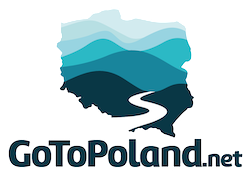
Sightseeing and attractions in Tykocin
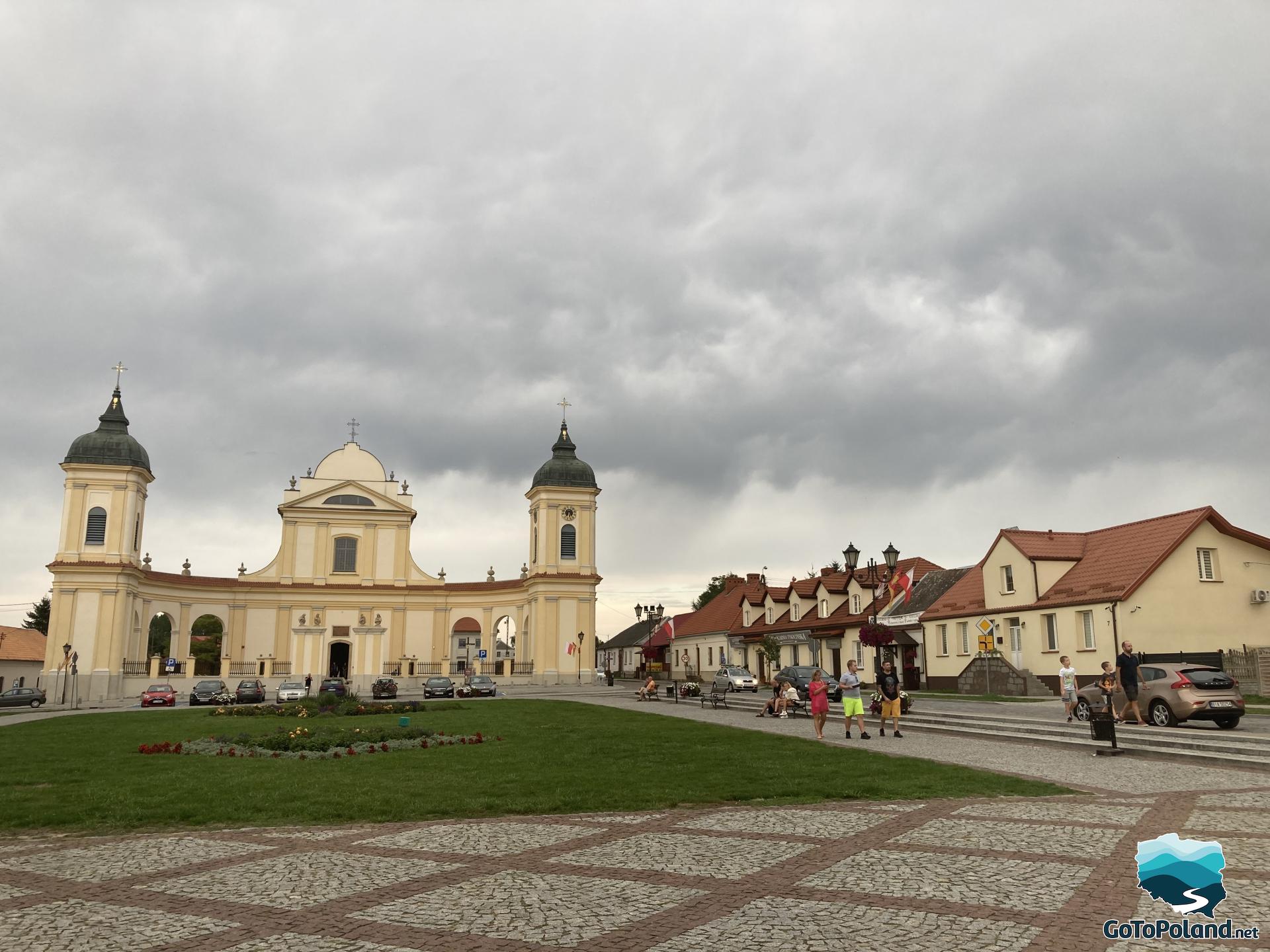
Honestly, I didn't think there would be so many attractions in such a small town. I was especially charmed by the castle and the heritage of Jewish culture, i.e. the synagogue. Tykocin was one of the largest pre-war centers of Jewish culture in Poland. It was in Tykocin that I had the pleasure of trying traditional Jewish dishes in one of the restaurants that serves Jewish cuisine. A large number of monuments, and above all the preserved original spatial layout of the town, with the border of the Jewish part visible to this day, with the original synagogue (museum) attracts many tourists, not only from Poland but also from abroad.
Let's start with the Tykocin Castle.
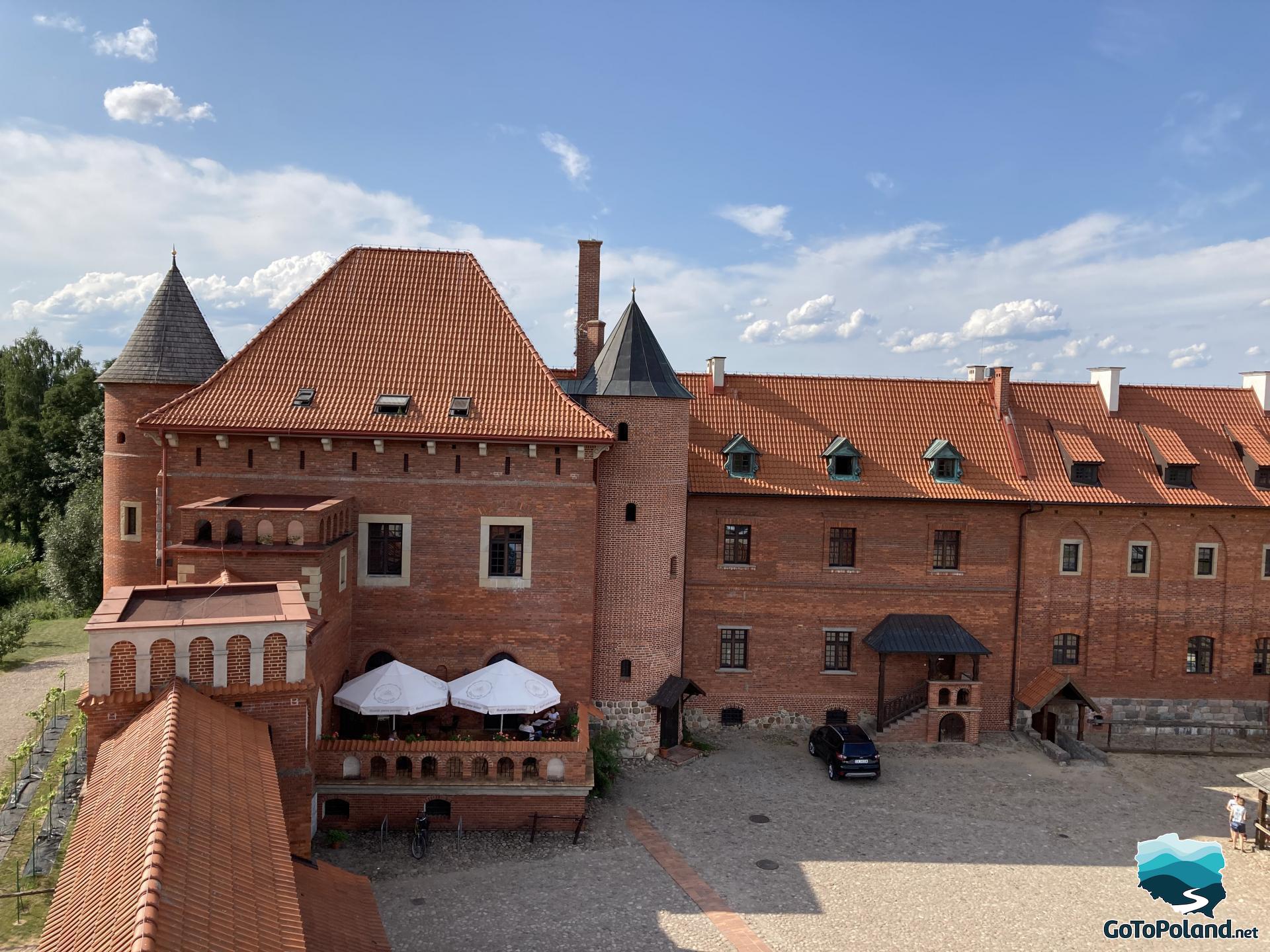
The castle in Tykocin was reconstructed on the foundations of the 16th-century royal castle of the King of Poland and the Grand Duke of Lithuania - Sigismund Augustus. The reconstruction of the castle body was carried out on the basis of archaeological data and historical sources. The castle became particularly important at the end of King Sigismund August's life. The Tykocin castle housed the Polish arsenal and the treasury (the famous tapestries and the library of King Sigismund August were located here). Tykocin Castle was visited many times by Polish kings and princes. Stefan Batory, Zygmunt III with his family, Władysław IV, August II Mocny, and Tsar Peter I of Russia stayed here. At the Tykocin Castle, August II established the Order of the White Eagle - the oldest and highest Polish decoration to this day. Visit Tykocin with me.
More information about Tykocin you can find on Wikipedia
How far is it from Warsaw to Tykocin?
The distance from Warsaw to Tykocin is 178 km.
How far is it from Białystok to Tykocin?
The distance from Białystok to Tykocin is only 30 km.
Tykocin is a charming, small town in Podlasie. When I plan trips to big cities, I always look at the map to see where else I could go and what to visit. The idea to explore Tykocin and Supraśl while visiting Białystok turned out to be a bull's-eye.
What do tapestries, Wawel, Sigismund August and Tykocin have in common?
For several months, the castle in Tykocin was the necropolis of the passed king Zygmunt August, whose body was mummified. The famous Wawel tapestries temporarily decorated and, above all, warmed the castle in Tykocin. They were taken to the king's funeral in Krakow in 1573.
I invite you to see my photos :)
For now, only part of the castle is reconstructed. You can visit the Castle in Tykocin, which I highly recommend. The castle has a Museum, a restaurant and guest rooms.
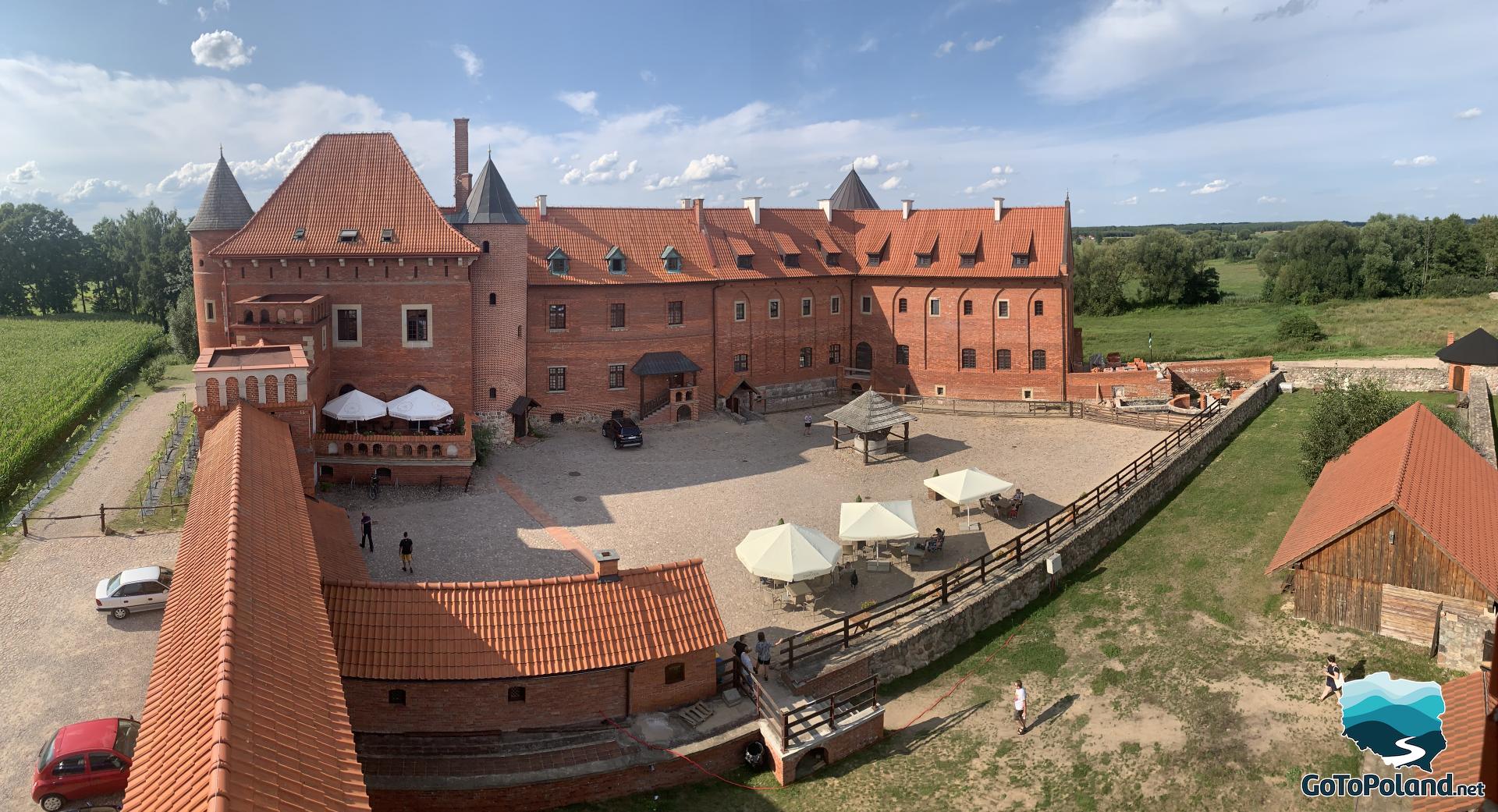
There is also a place where you can sit, relax, drink a regional beer.

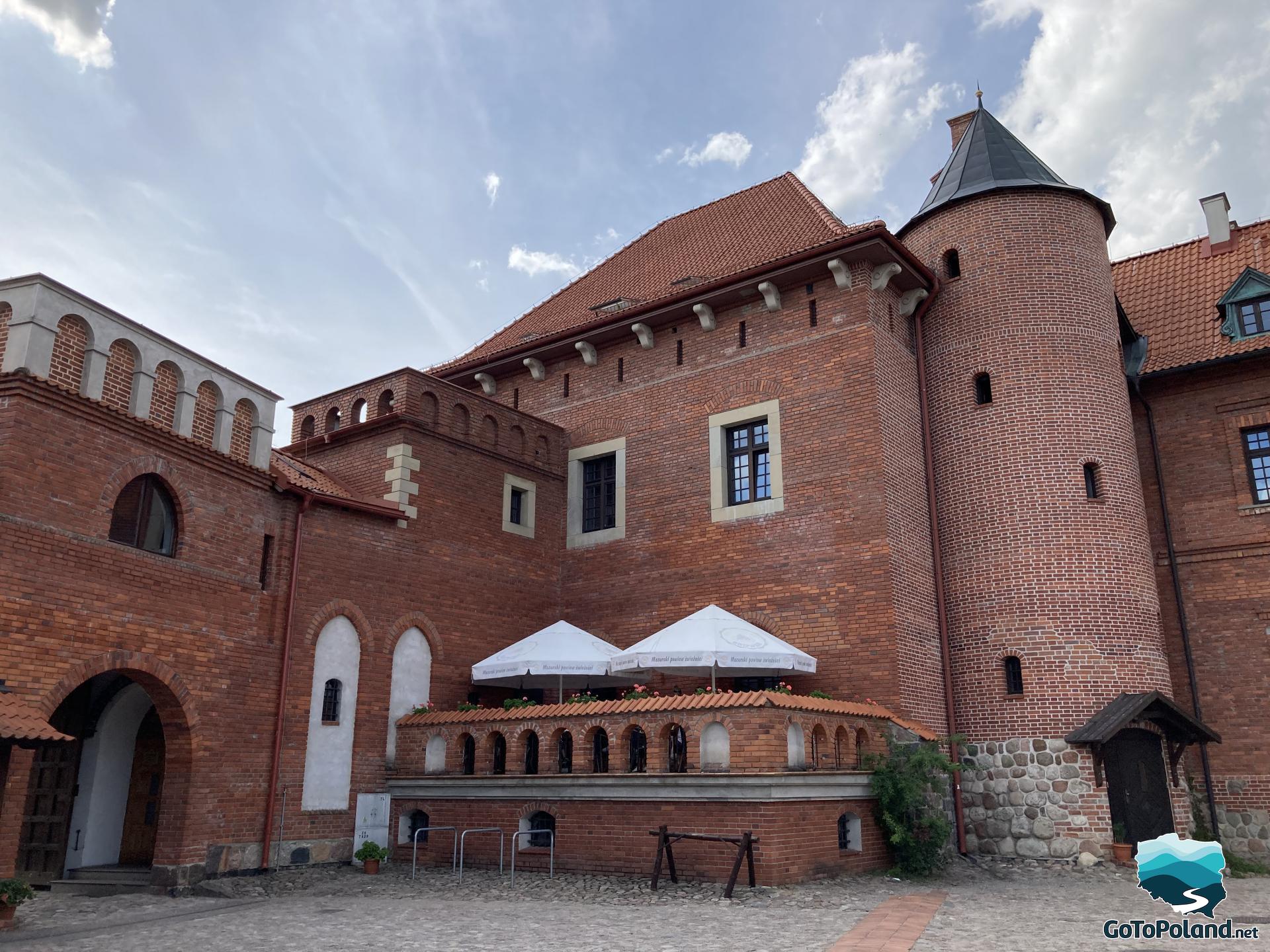
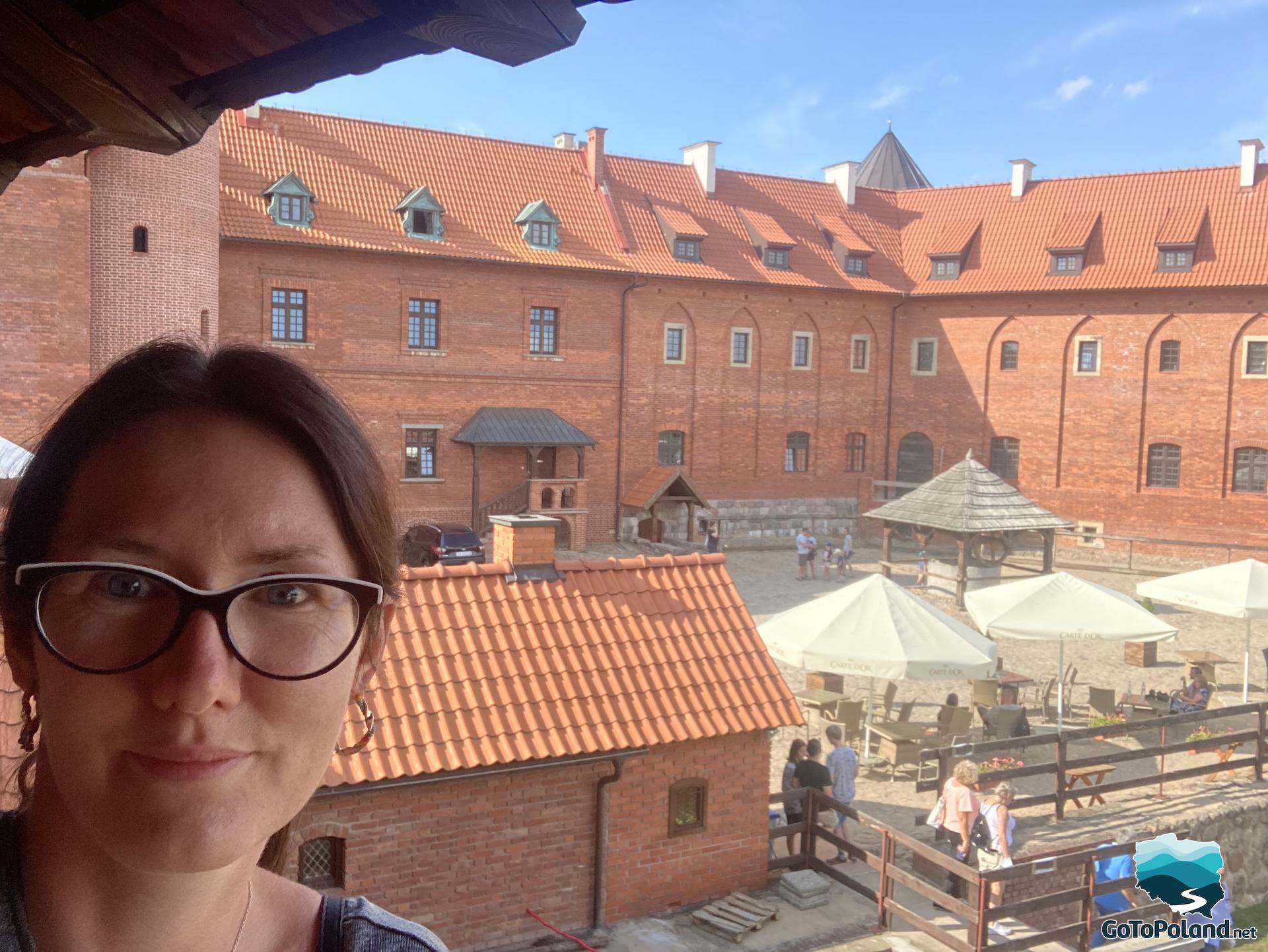
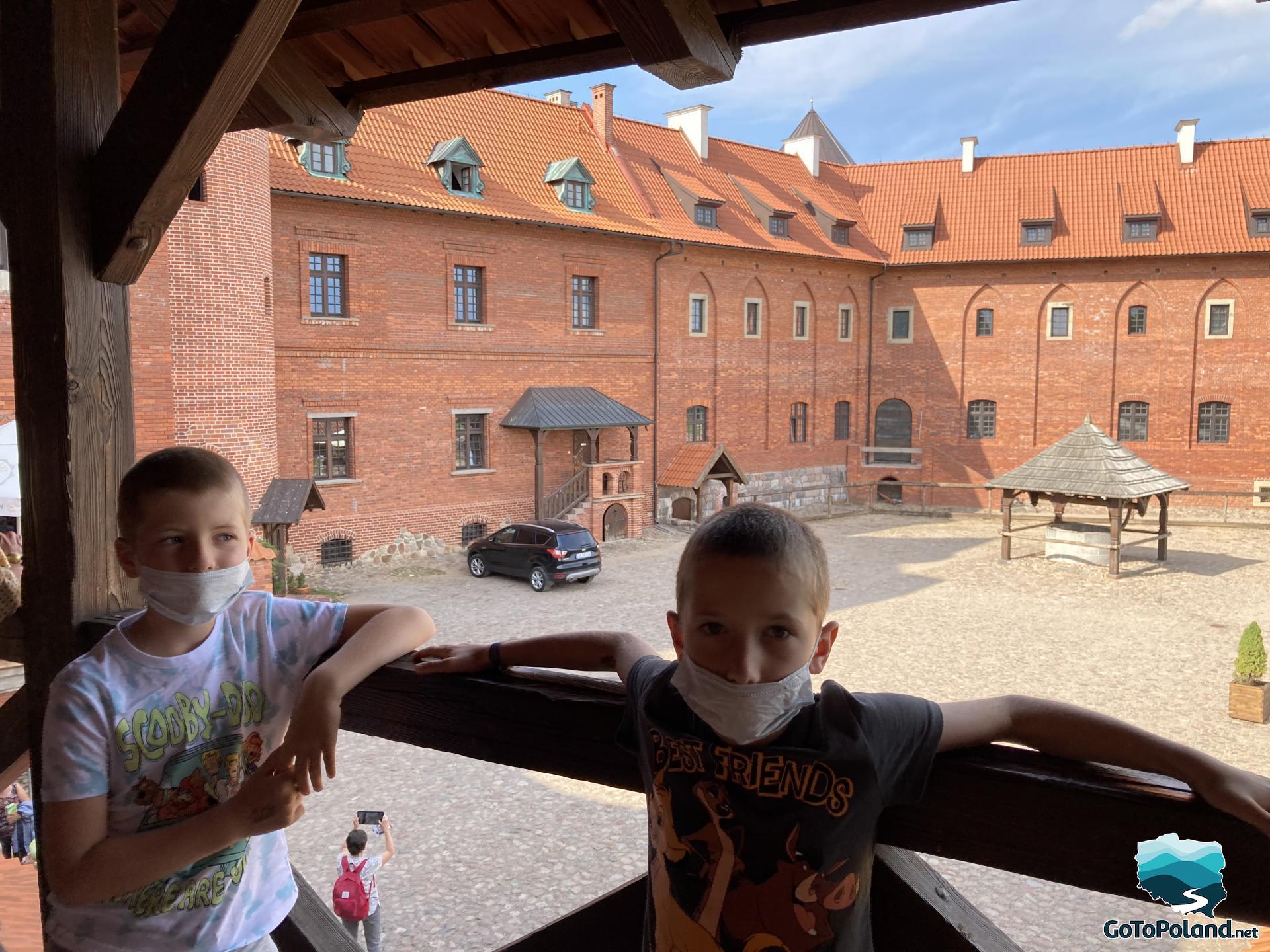
Tykocin is located on the route of the Podlasie stork trail. The city was awarded the title of the European Stork Village. It was awarded in 2001 by the German environmental organization Euronatur.


Polish rulers at the castle.
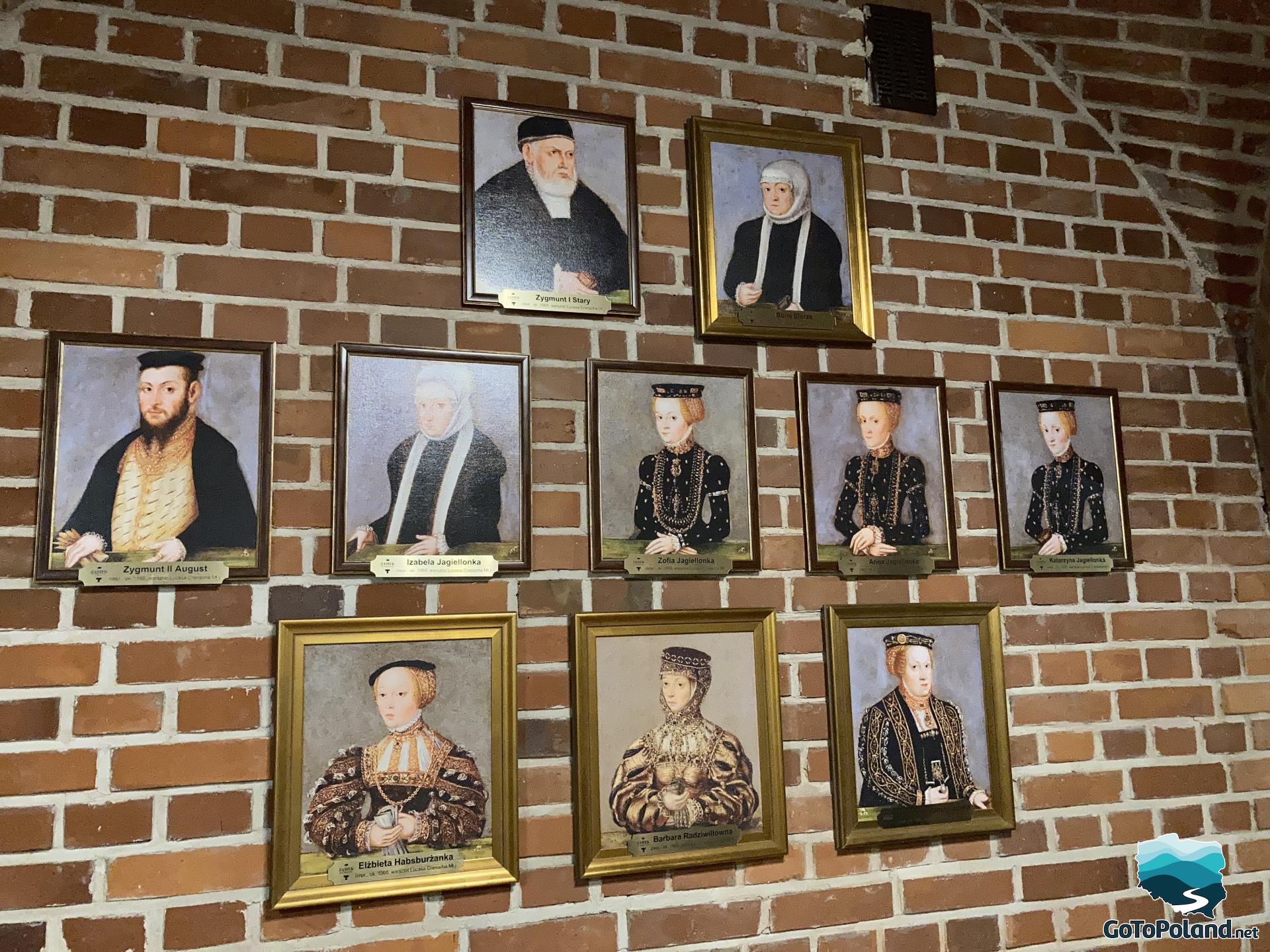
"The big, deep blue castle stove", as it was written in the old chronicles. The hall in which the stove was located was called a glass hall. During excavations, many small fragments of beautiful white and blue tiles were found among the ruins of the castle. It is from these fragments that it was possible to recreate the original appearance of the stove. The reconstruction project was developed by Dr. Maria Dąbrowska.
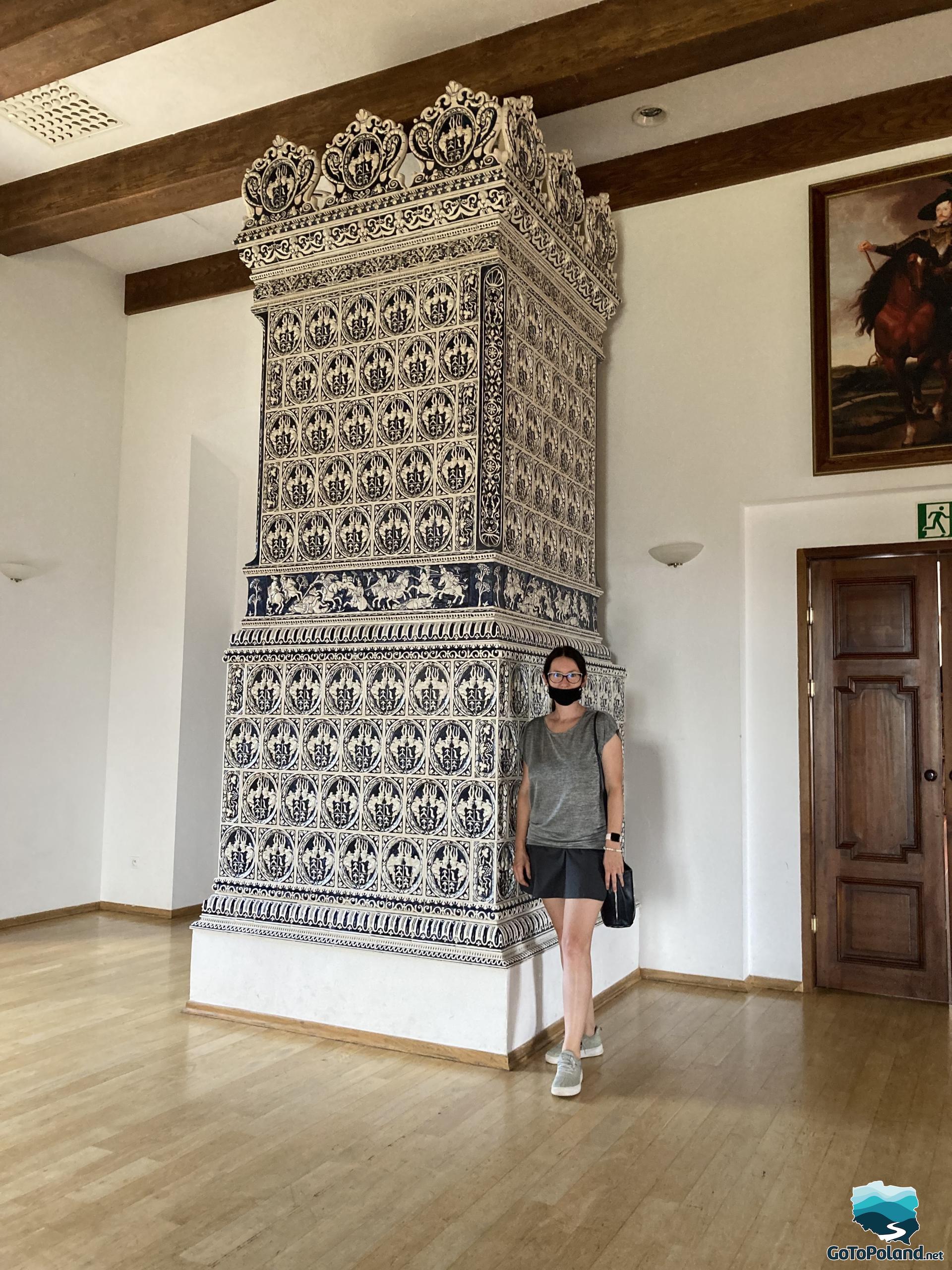
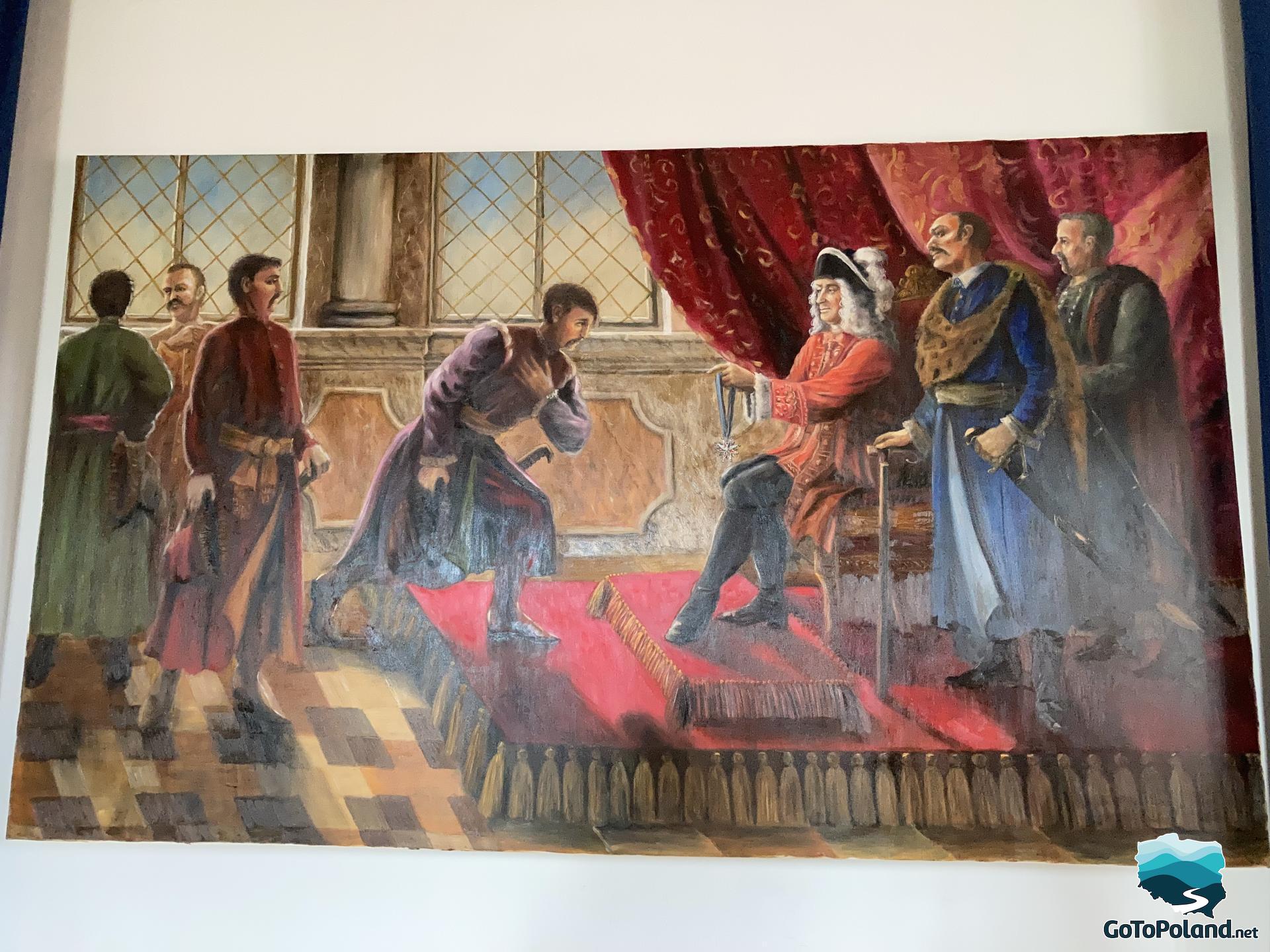

Tykocin was one of the most important Jewish centers in the First Polish Republic. In the 17th and 18th centuries, the local Jewish community was called "the first after Krakow's in the Crown".
The great synagogue is currently the second largest and one of the oldest synagogues in Poland and one of the best preserved synagogues from the 17th century in Europe. In the main prayer hall are presented for instance: antique Torah scrolls covered with a crown, sashes, tallits, books, tefillins, hanukkiahs, menorahs. The rabbi's room and the reconstruction of the Seder Pesach, i.e. the Passover supper, were arranged in the tower. In 1992, the president of Israel, Chaim Herzog, visited the synagogue.
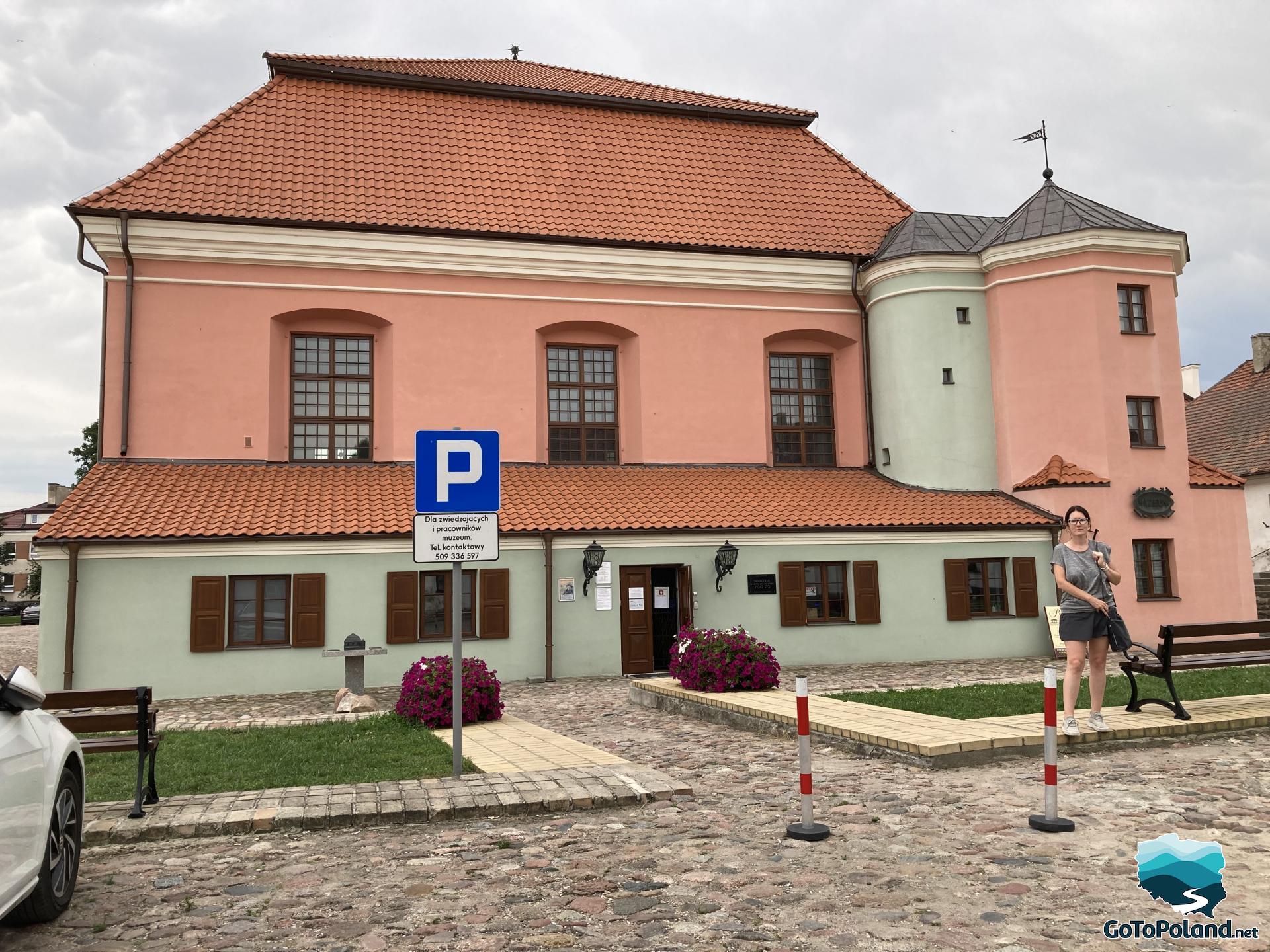
The central place of the temple is the bimah. This is what the Jews call the podium with the pulpit in the main hall of the synagogue.
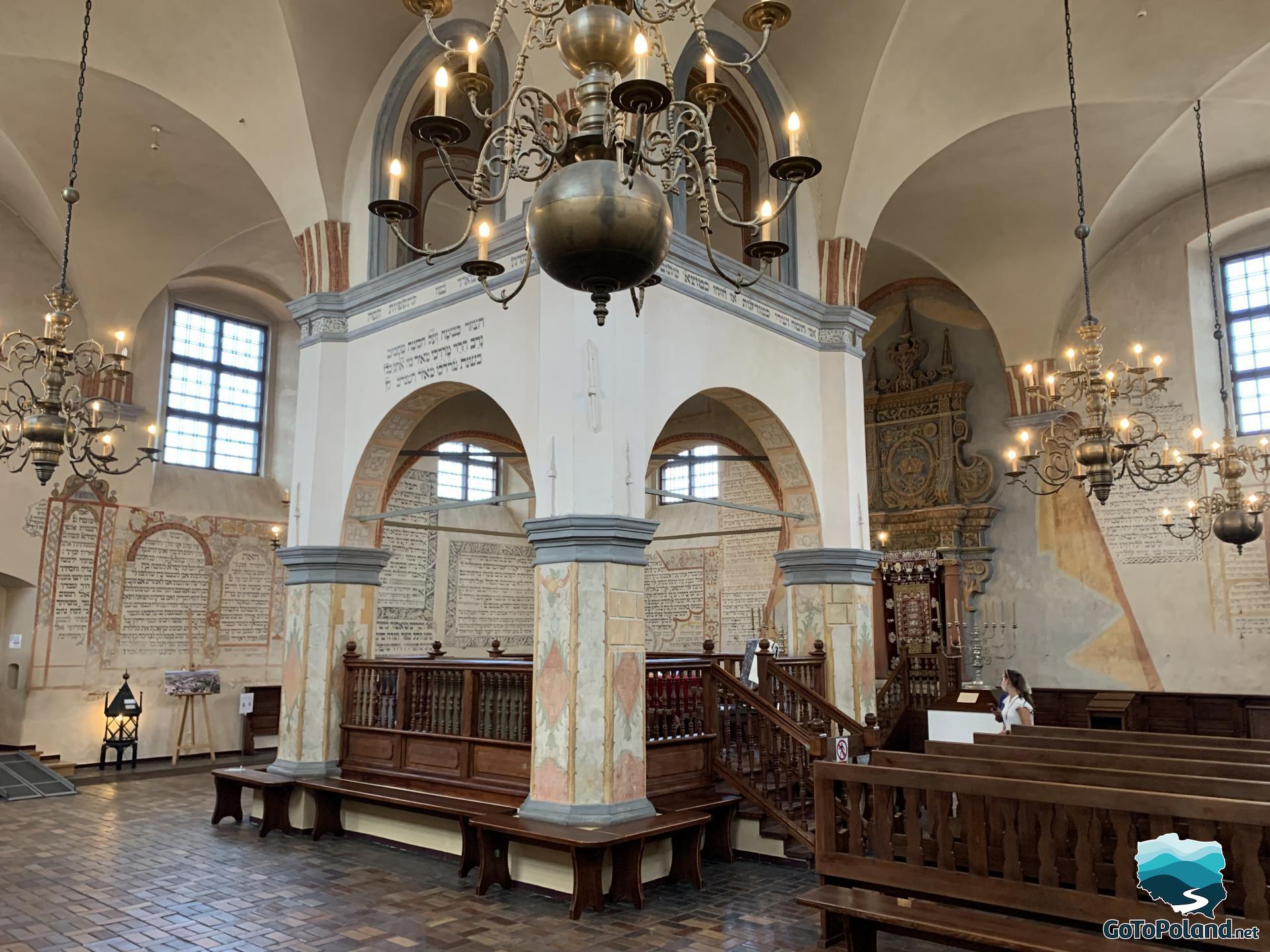
These unique, two silver nine-branched candelabrum were looted by the Nazis. Hanukkah menorahs were to go to Prague as exhibits for Exotic Museum of an Extinct Race. This is how Adolf Hitler named the collection of Judaica collected from all over Europe. The trace of the Tykocin menorahs has been lost. Hanukkah menorahs have been lost forever. Thanks to the fundraiser, it was possible to make a replica of them.
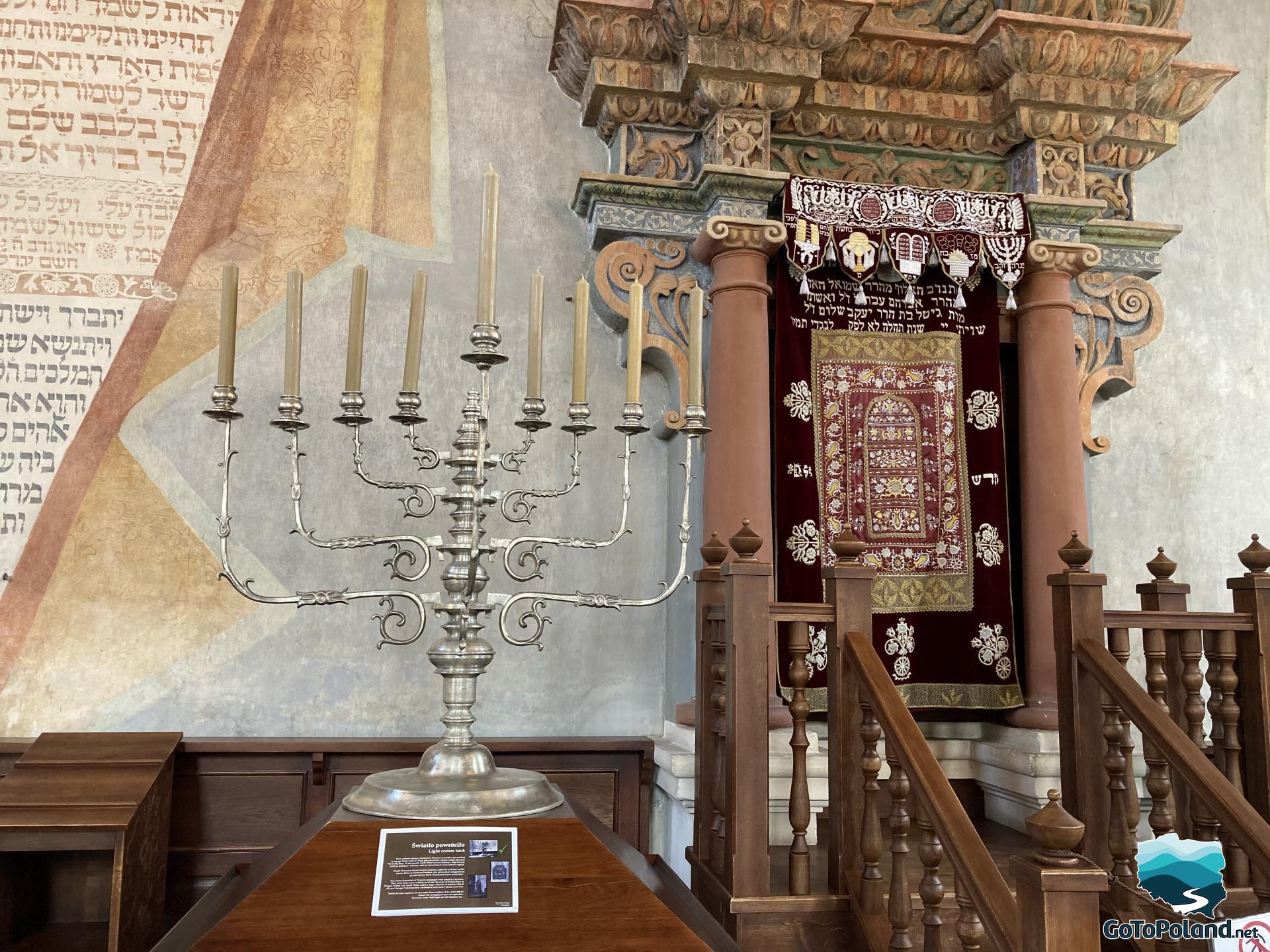
Aron ha-Kodesh - the place where the Torah, the greatest holiness, is kept.
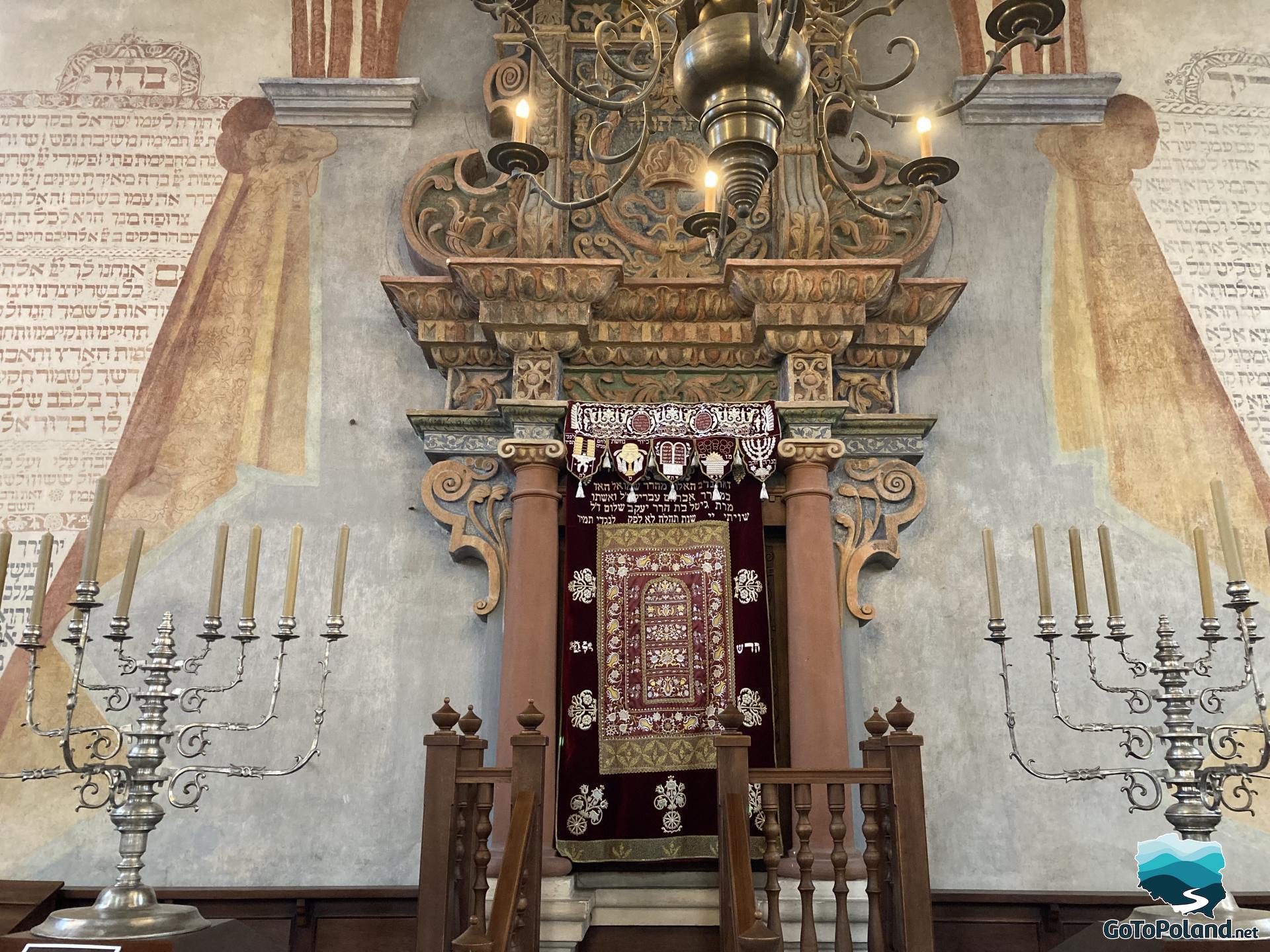
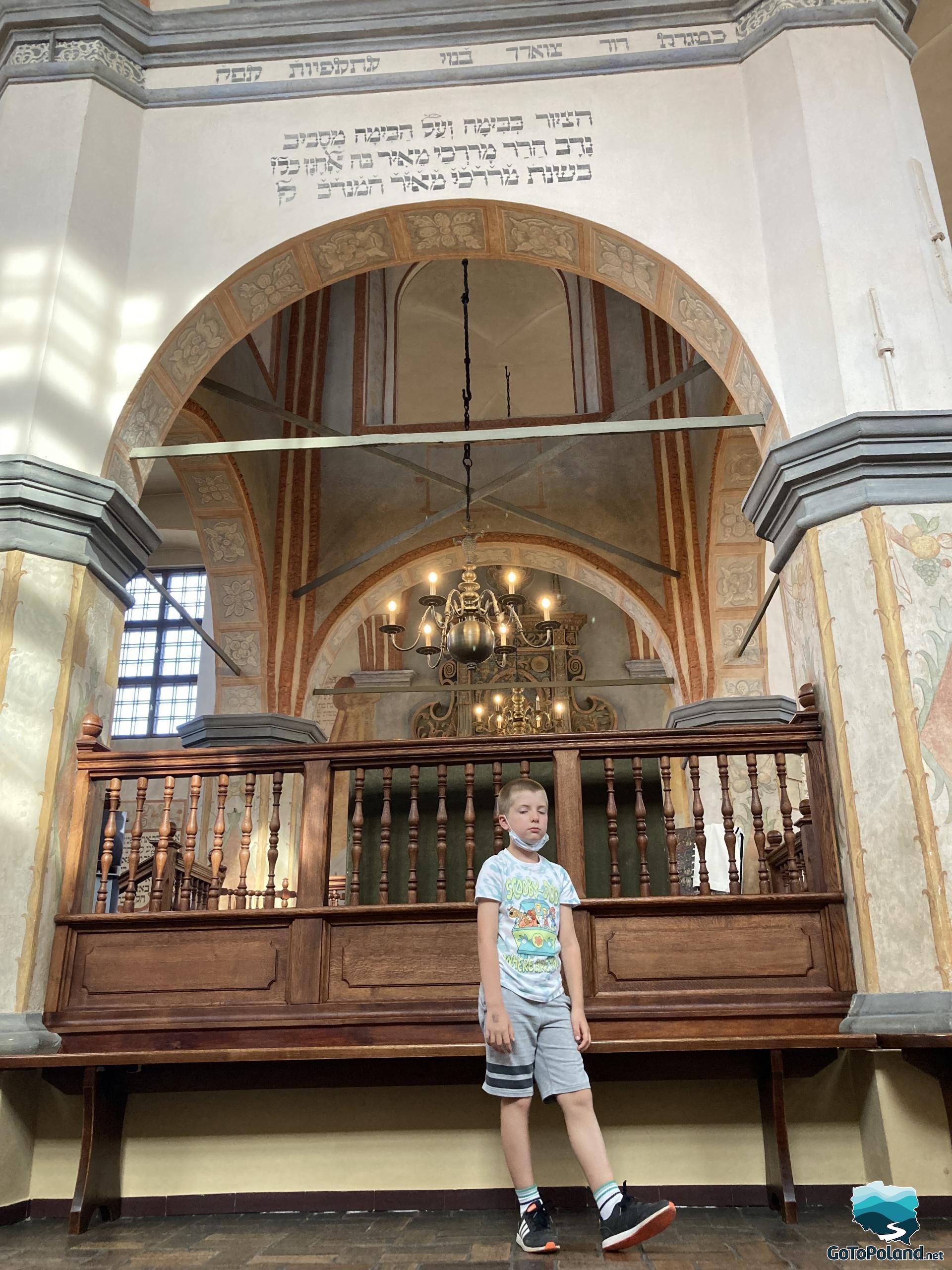
In 2016-2018, the synagogue underwent a comprehensive renovation.
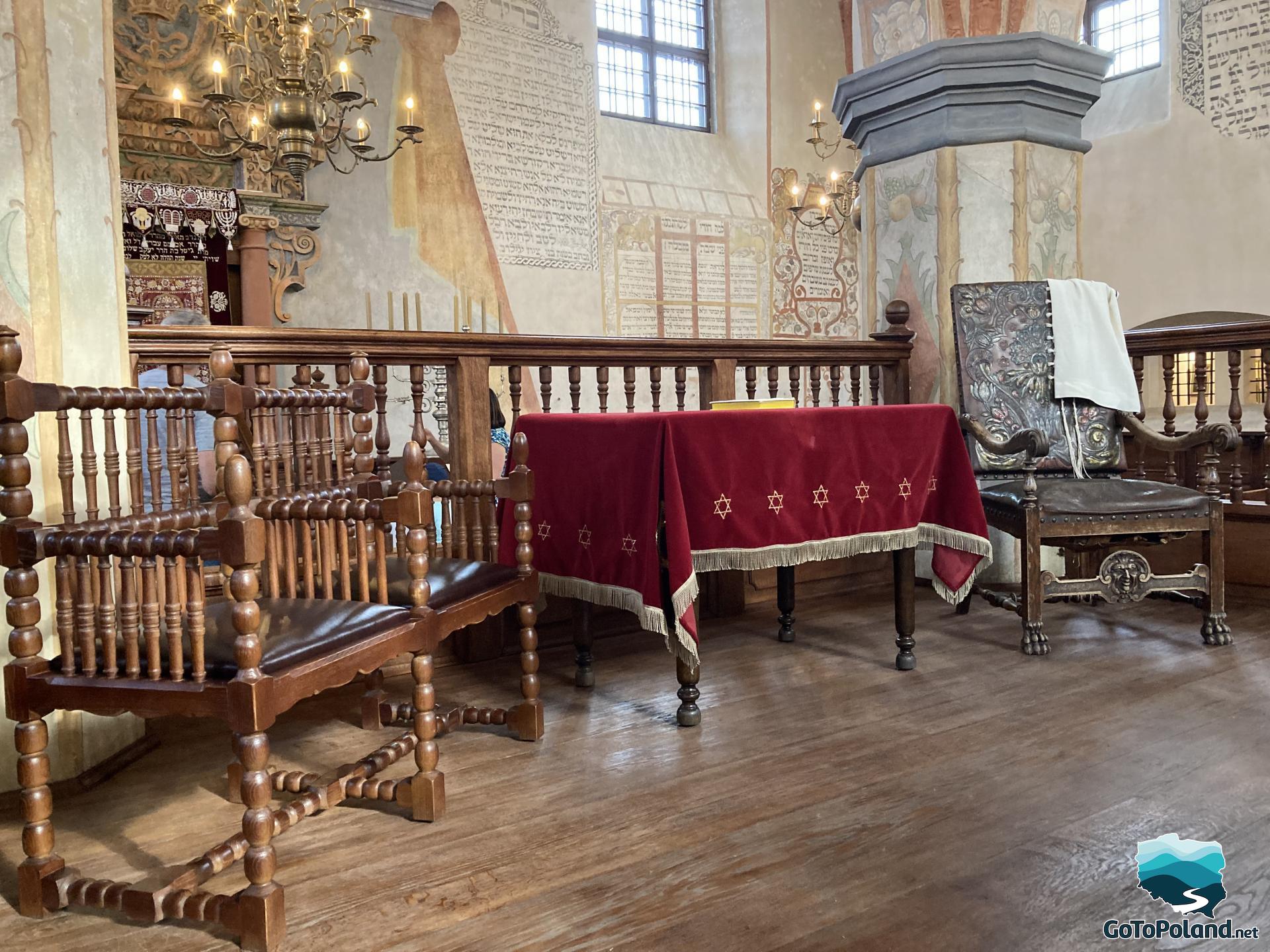
In the synagogue there is a section with exhibitions about the Jewish community. It's worth getting to know their difficult history for example such as the fact that during World War II, the Tykocin temple was devastated and plundered. The Germans set up a warehouse here. And on August 25 and 26, 1941, in the forest near Łopuchów, they murdered over 2,000 Jews. 150 people escaped from the roundup. Only 21 people survived until the end of the war.
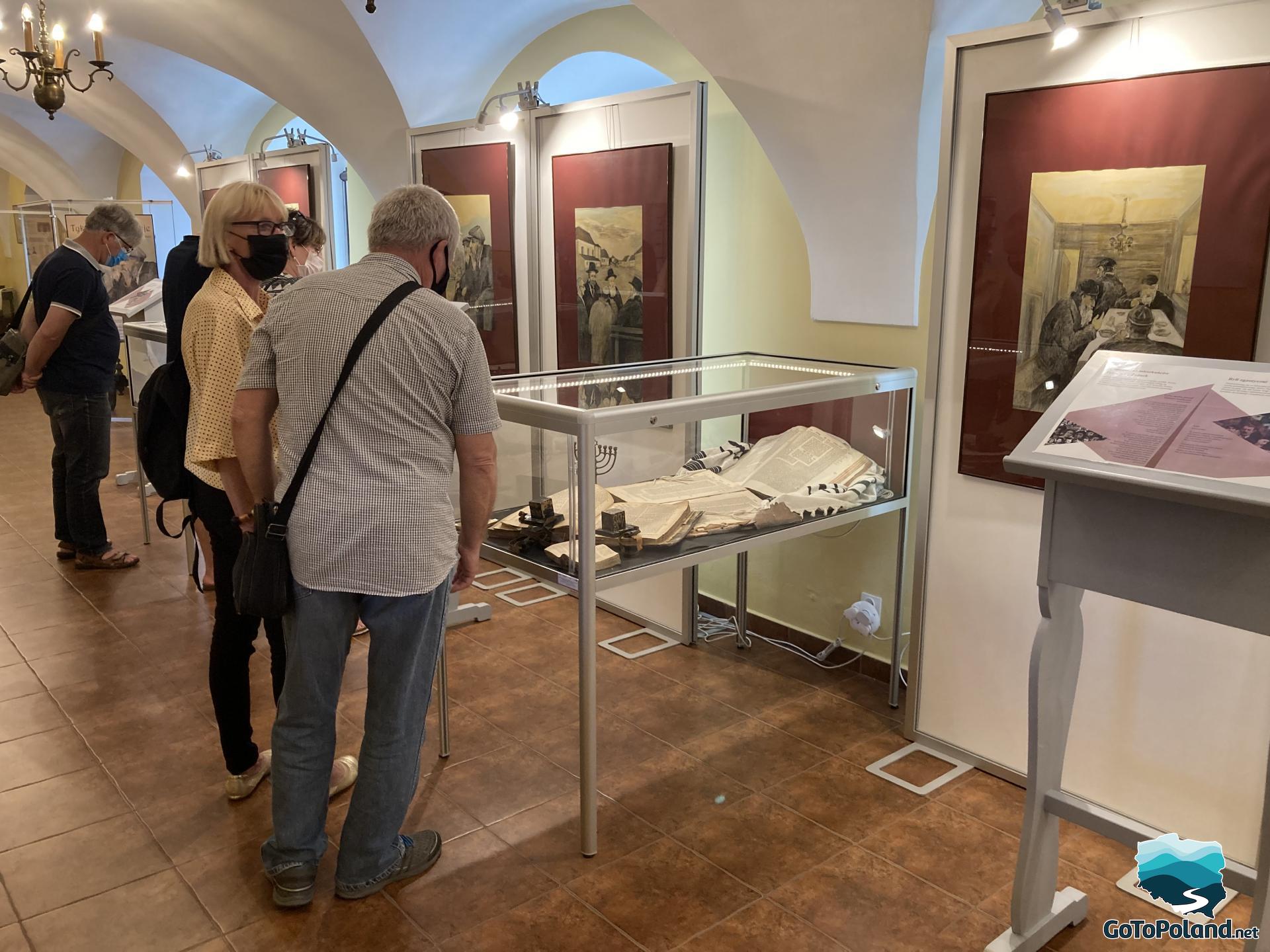
In the town you can also try Jewish cuisine. In this restaurant, you can also buy a kosher wine!
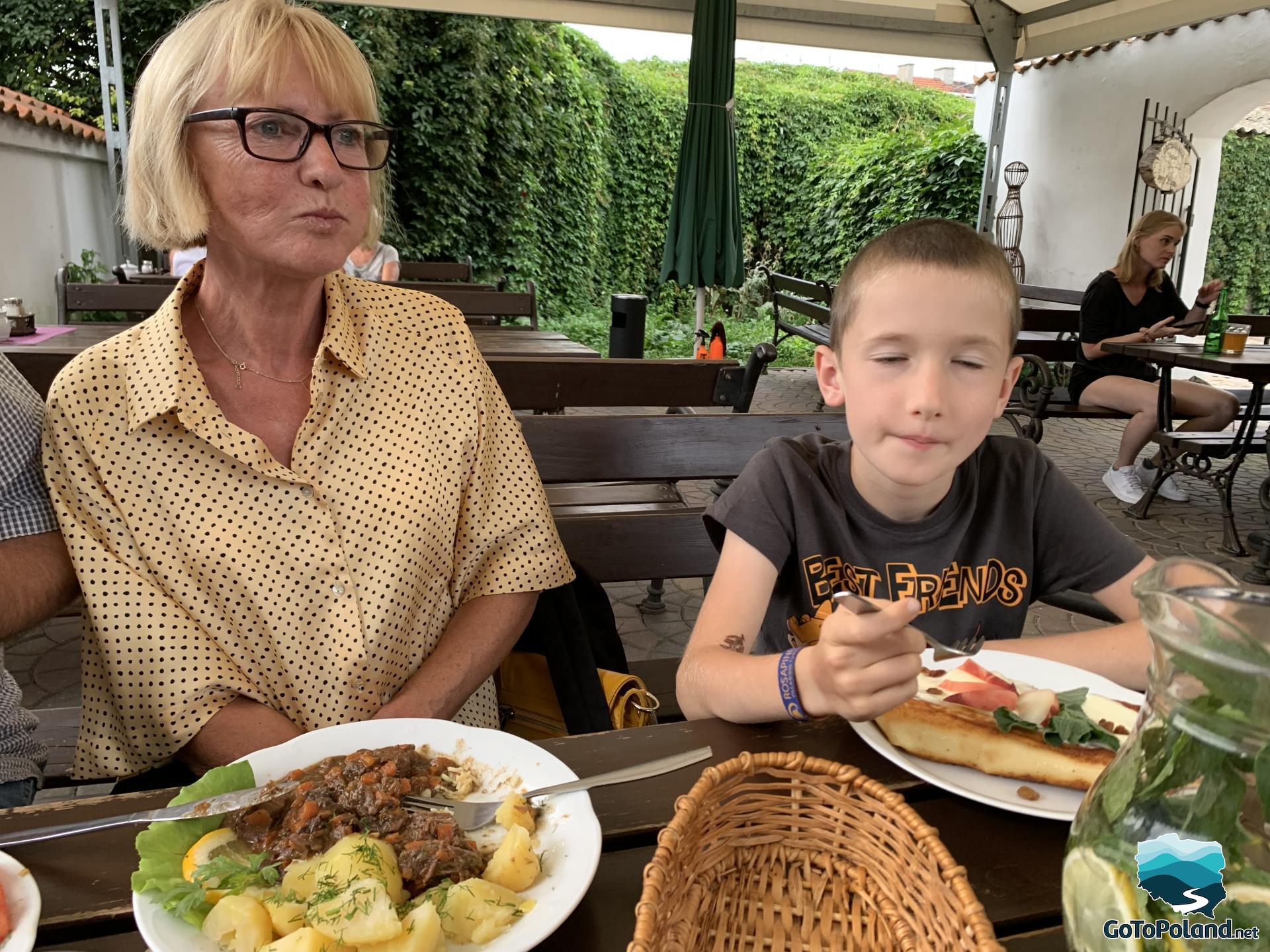
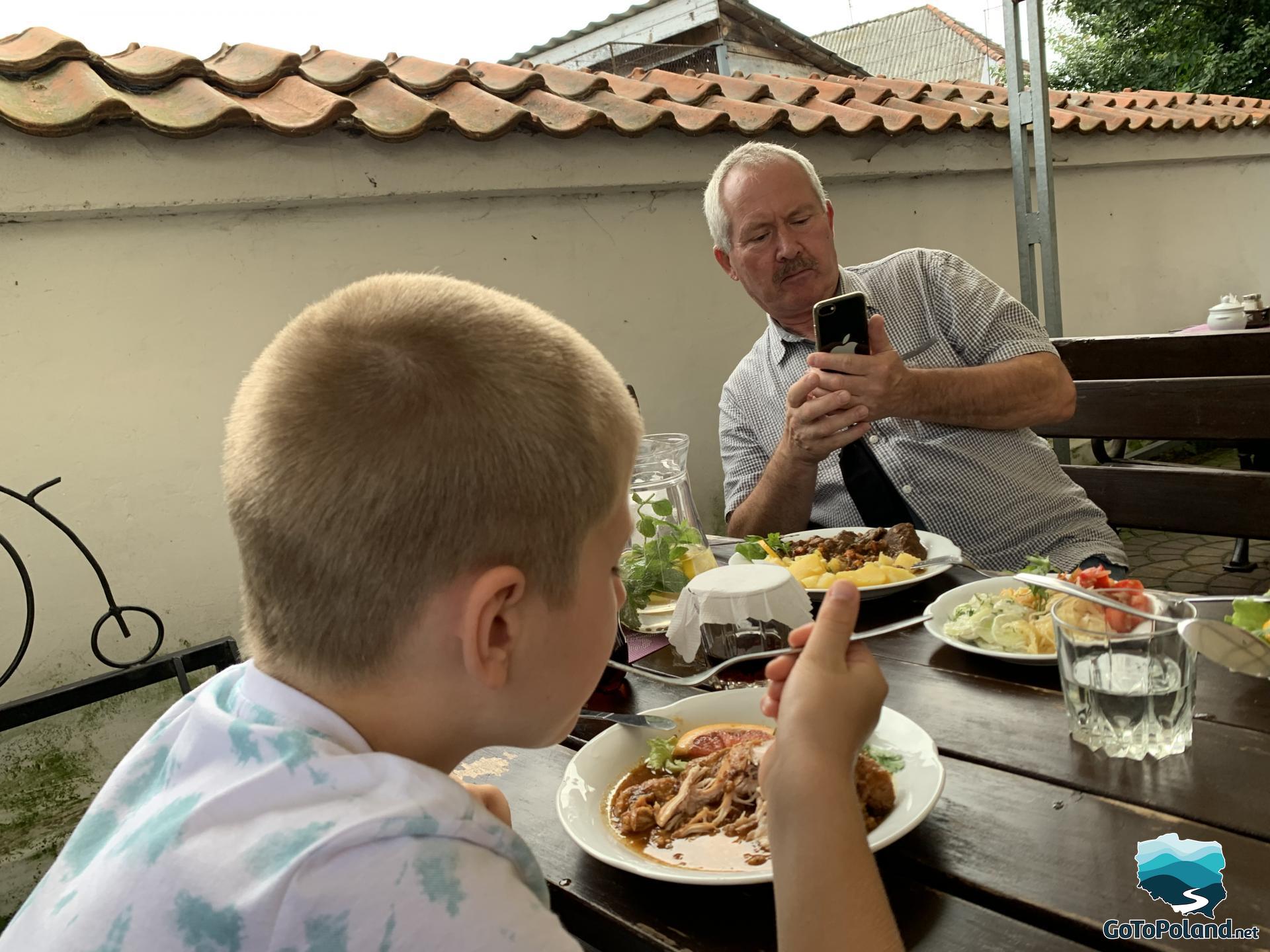
A walk through the streets of Tykocin.
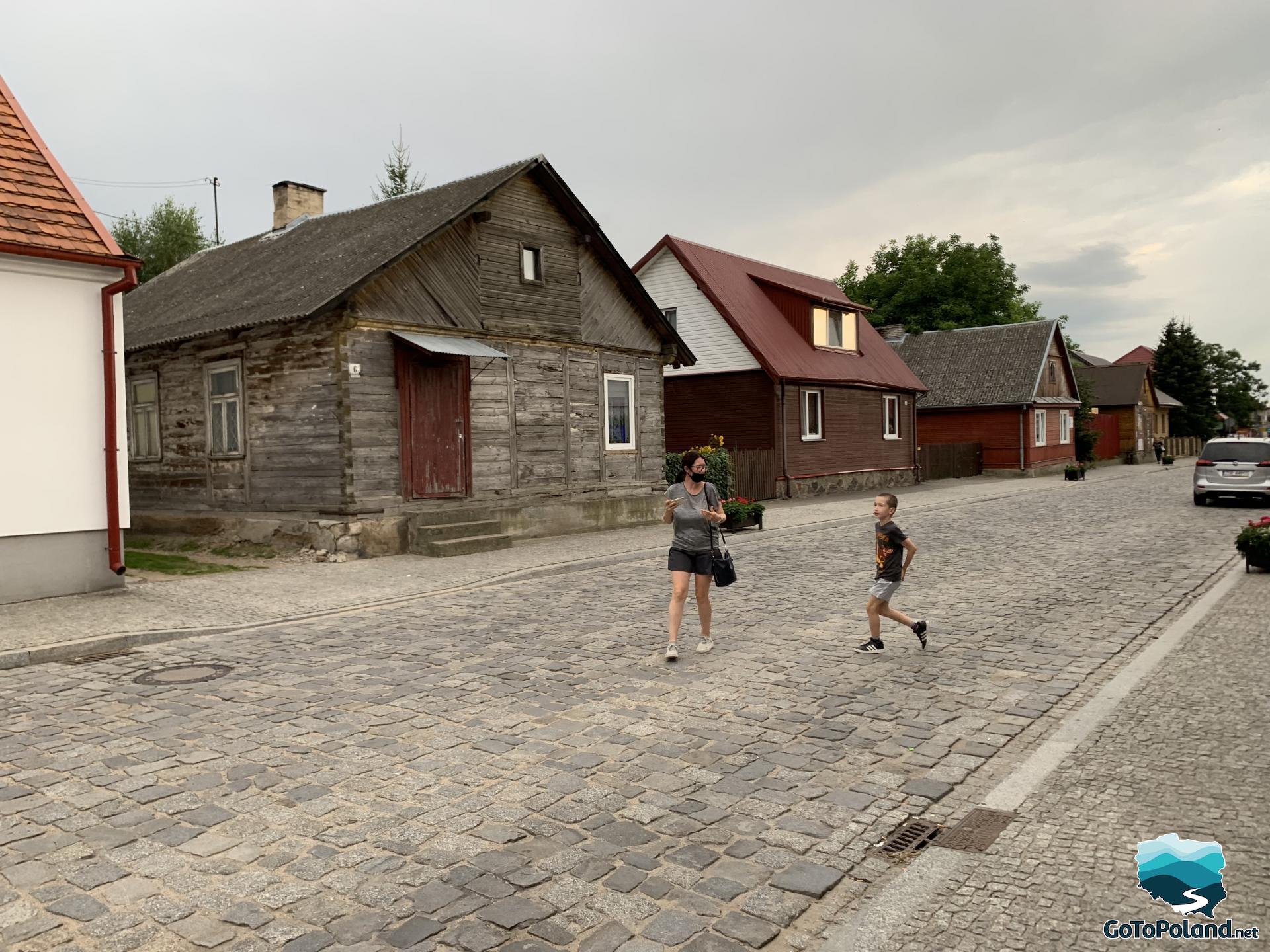
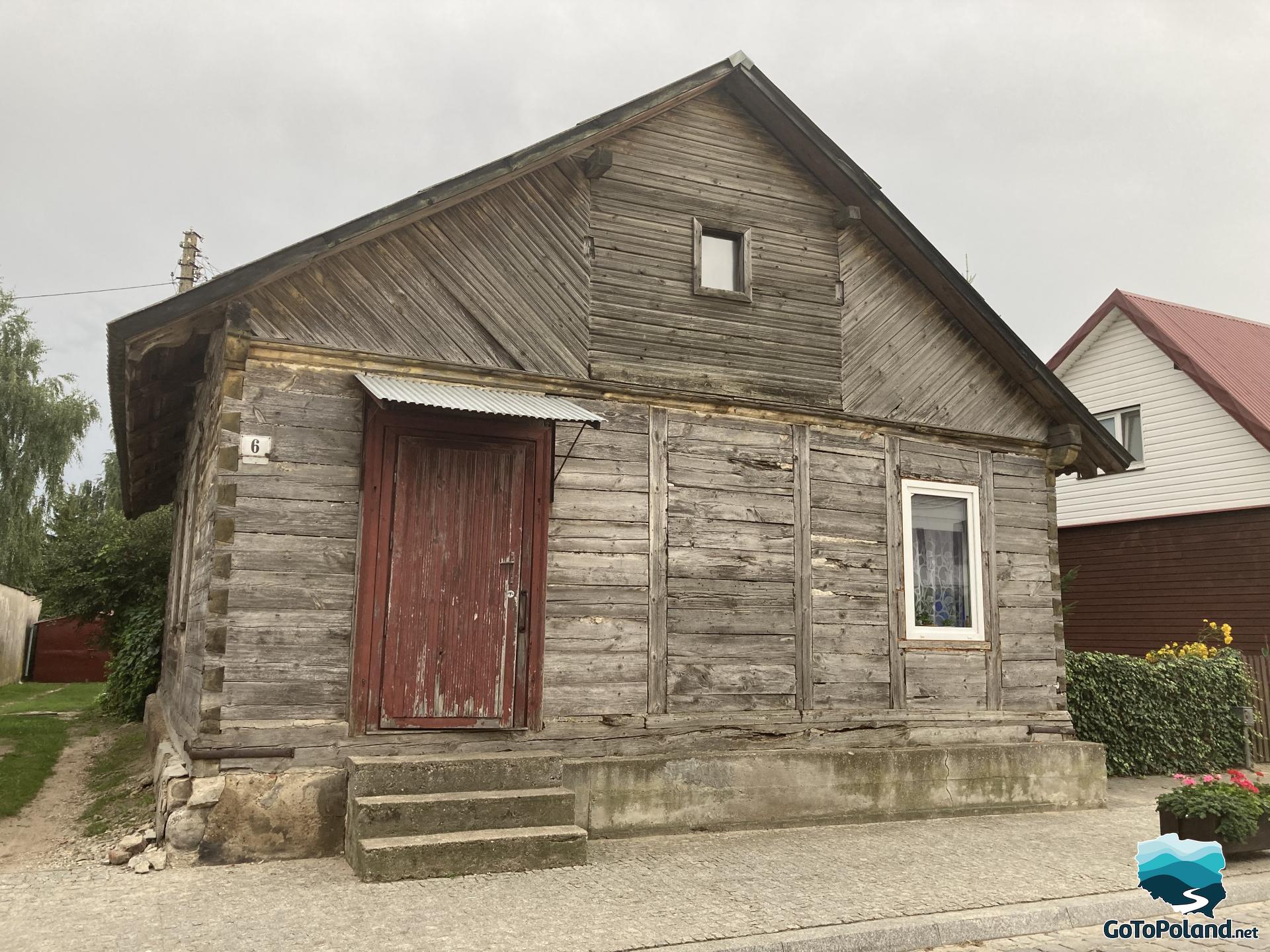
We are heading to the center of the town.
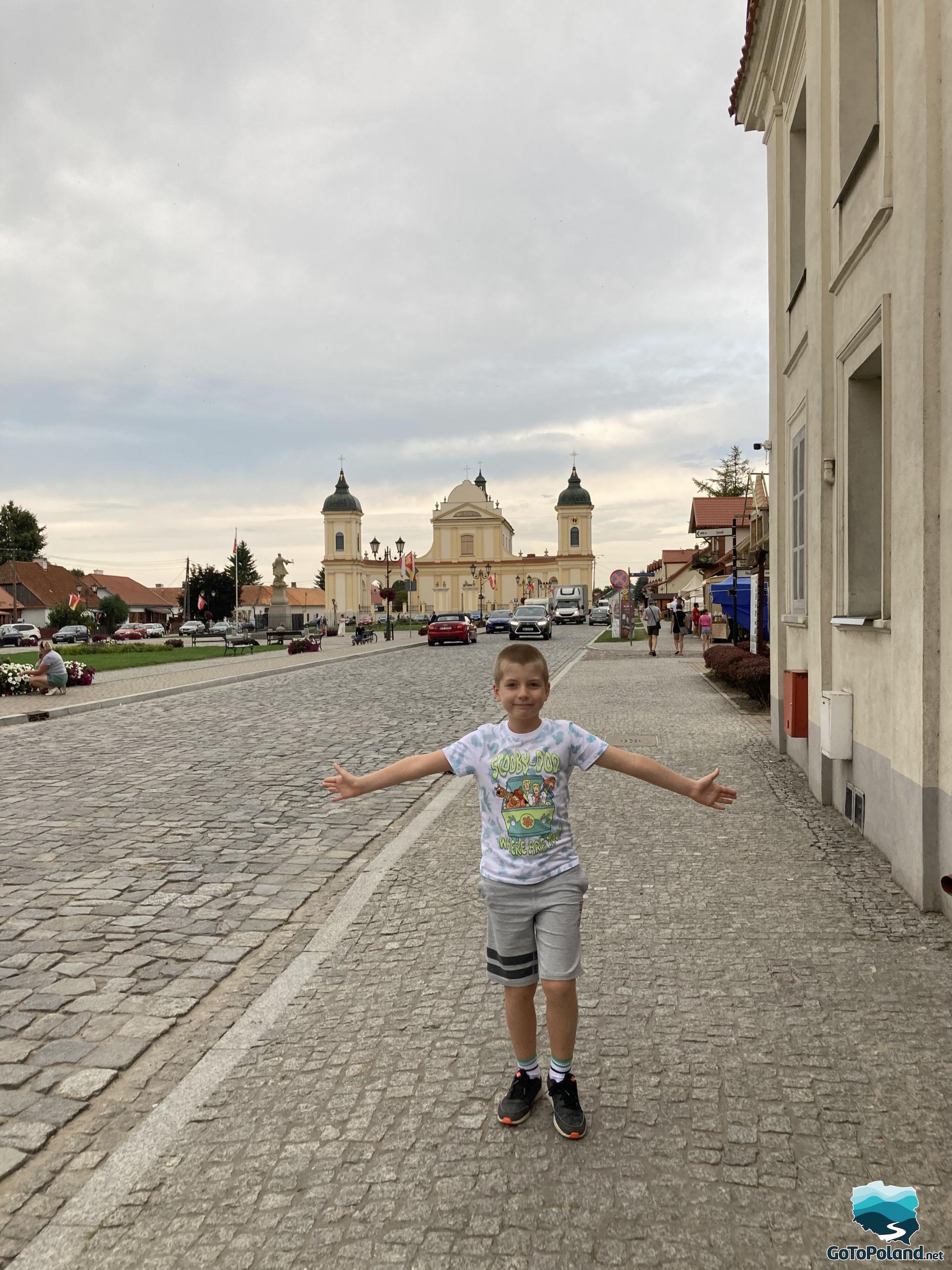

The statue of Stefan Czarniecki was founded by Jan Klemens Branicki. The monument is 2 meters high and was made of sandstone in 1763 by the French sculptor Pierre de Coudray. It is believed to be the second oldest secular monument in Poland, after the Sigismund's Column in Warsaw. In fact, due to the wartime destruction of Warsaw and the reconstruction of its monuments, it is the oldest structure of this type preserved unchanged in our country.

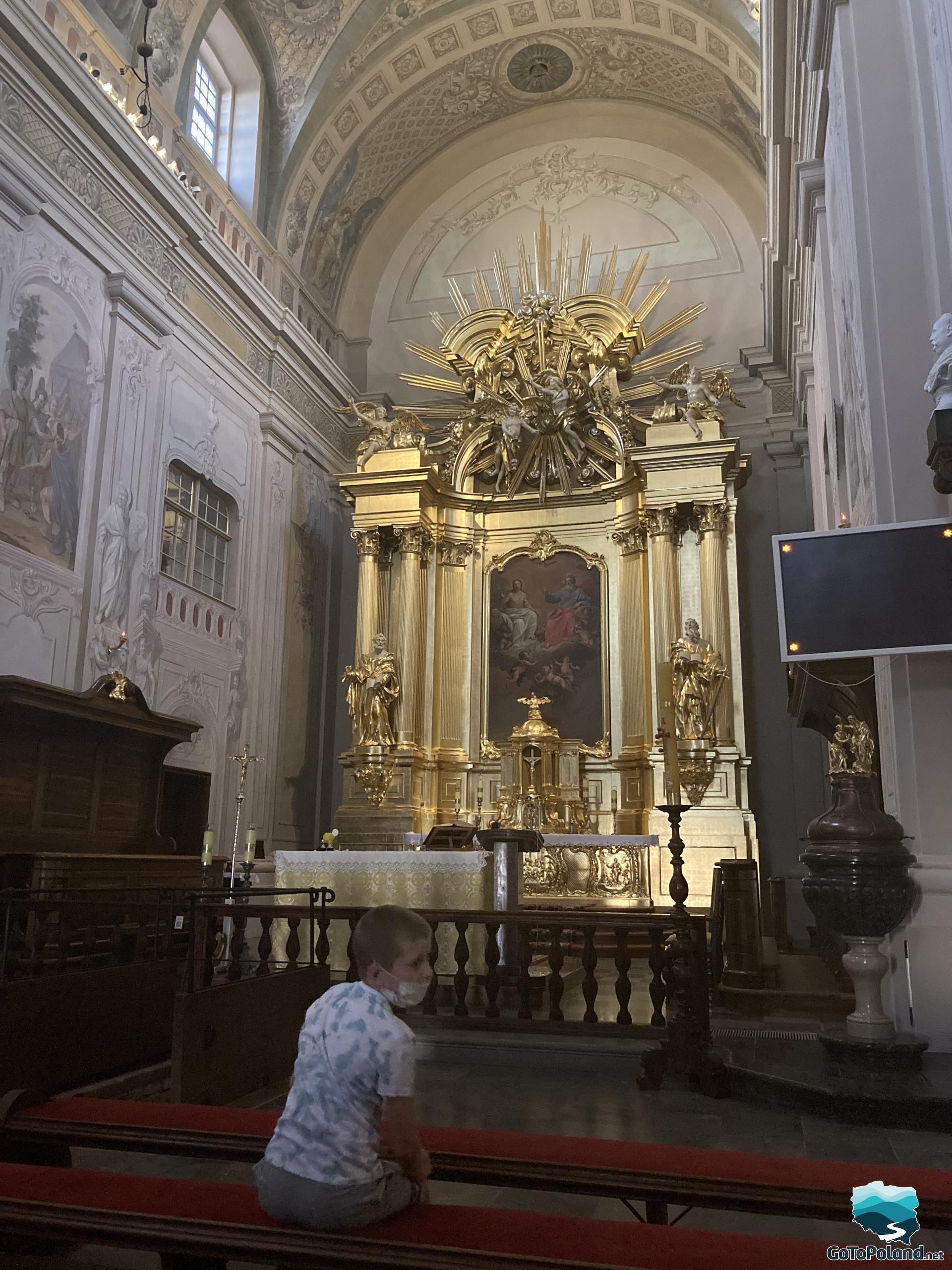
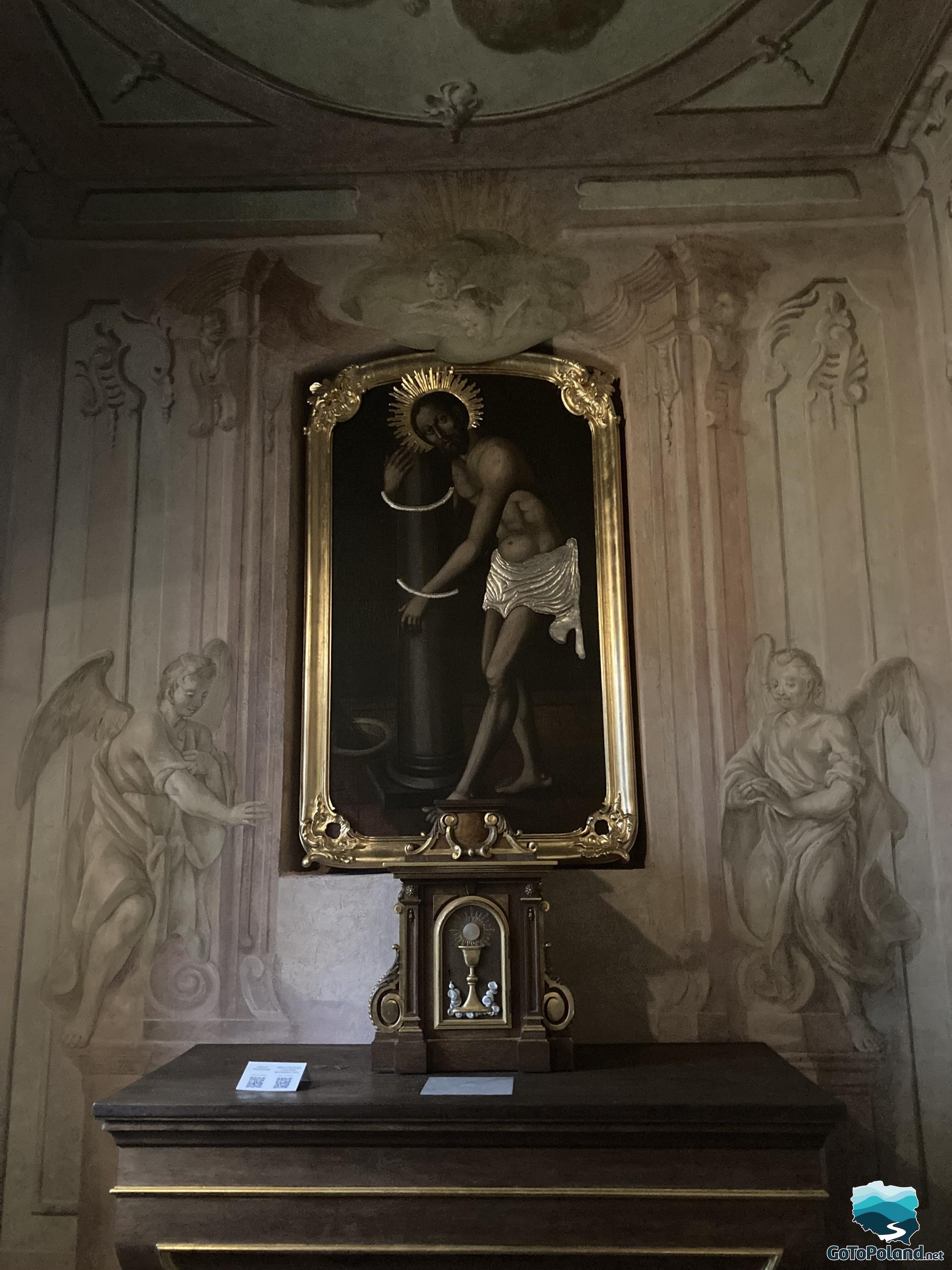
In the crypt under the altar there are currently five burials from the second half of the 19th century, belonging to the Potocki family - the heirs of hetmans Czarniecki and Branicki.
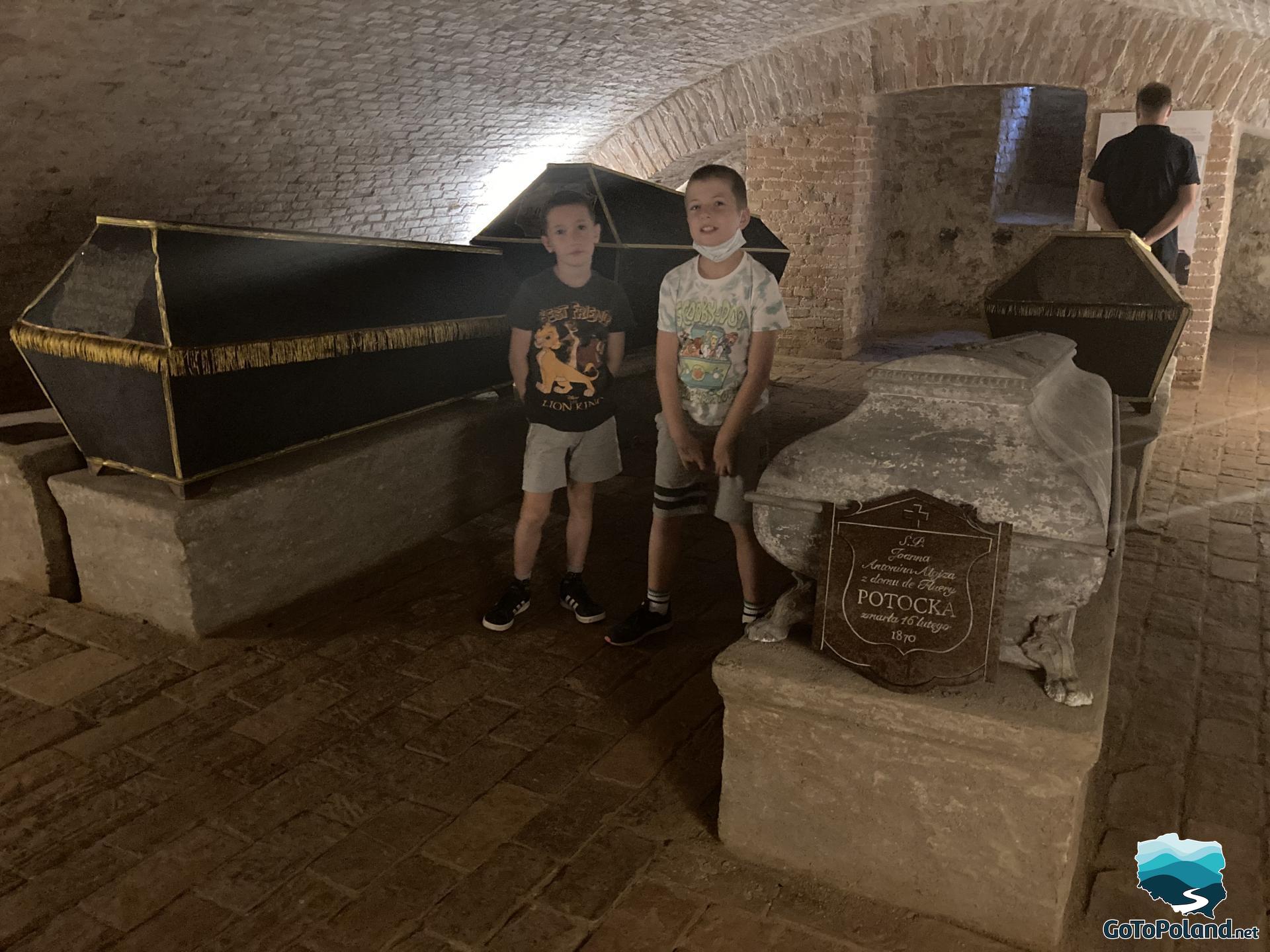
Alumnat was an institution for War Disabled Persons. It was built between 1633 and 1647. It is the only facility of this type in Poland. Now there is a restaurant, rooms, a conference and banquet hall and a summer garden.
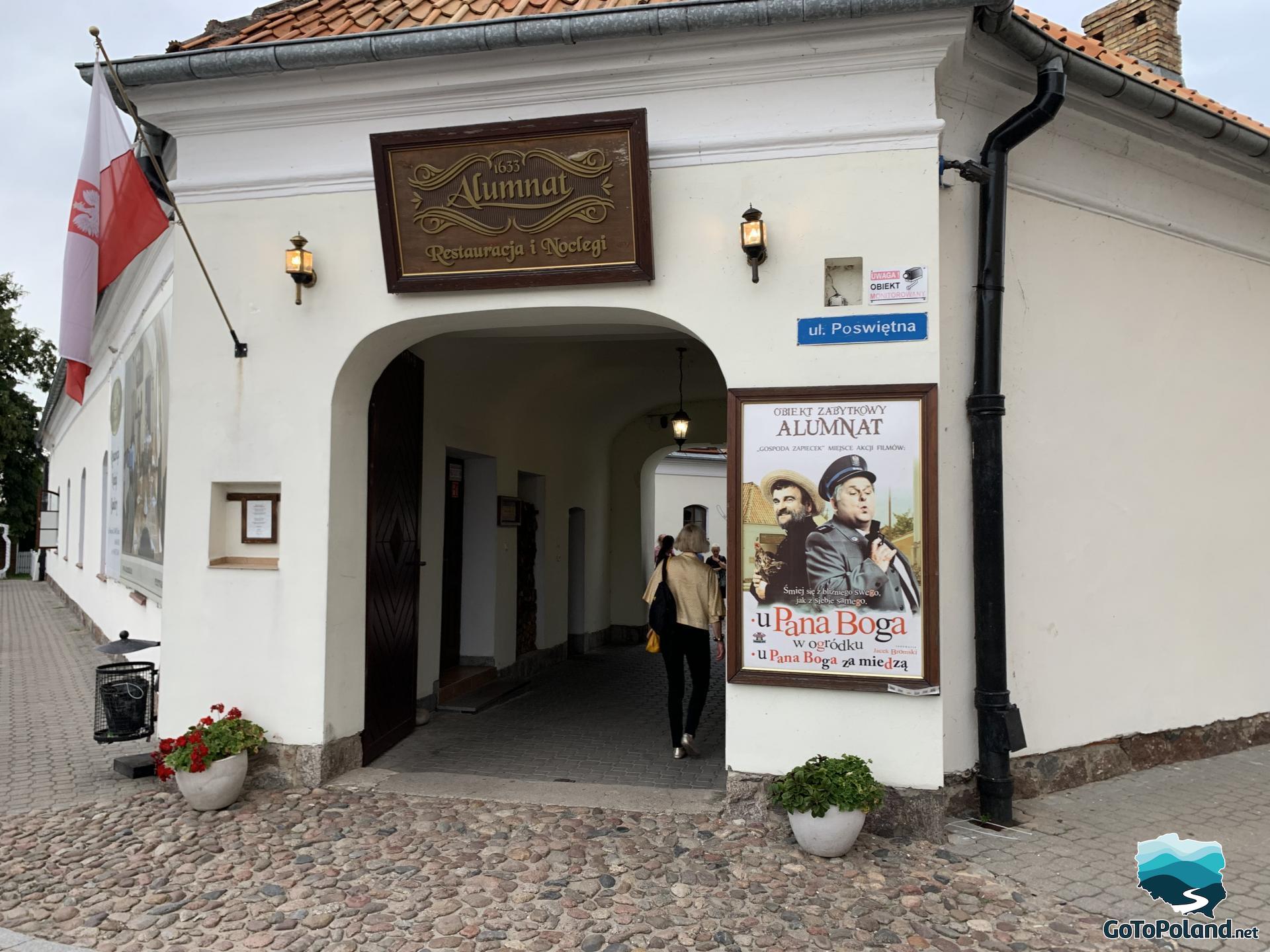
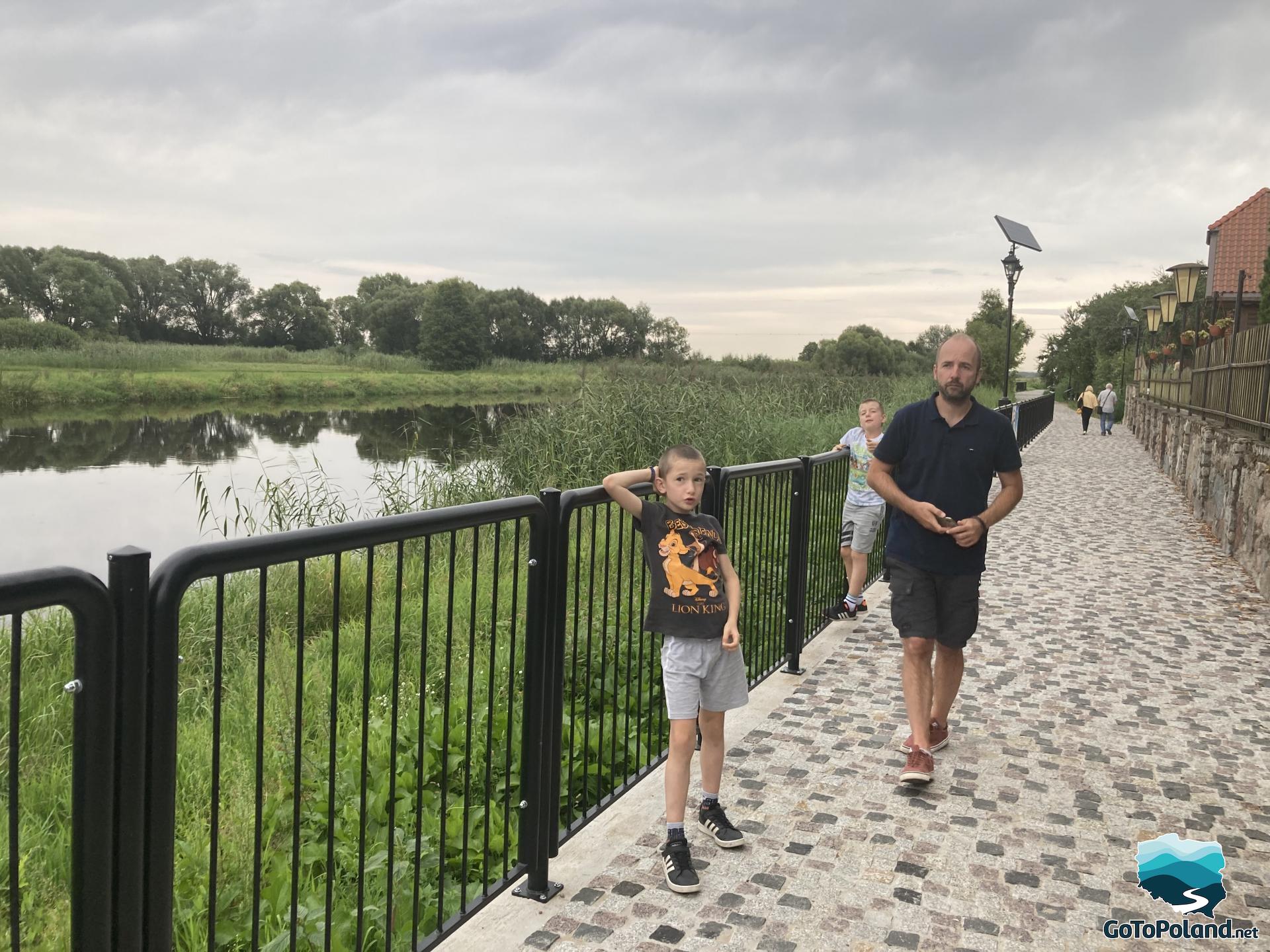
How to get to Tykocin Synagogue?
